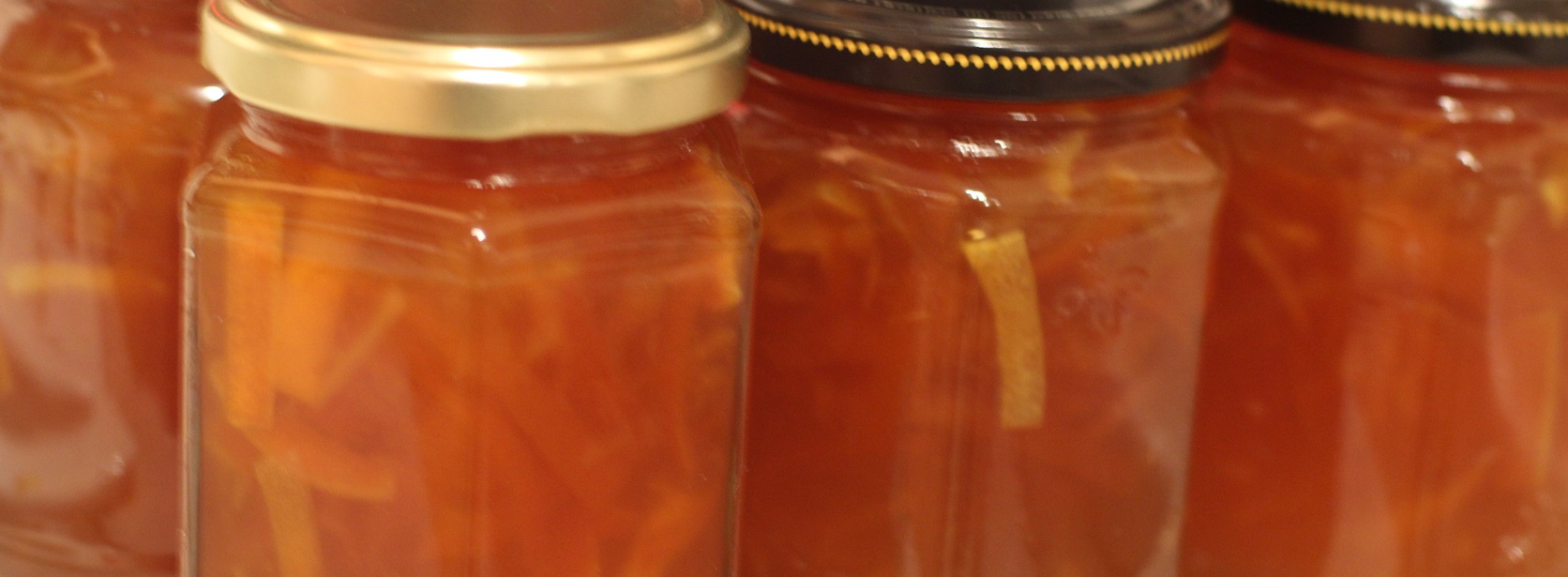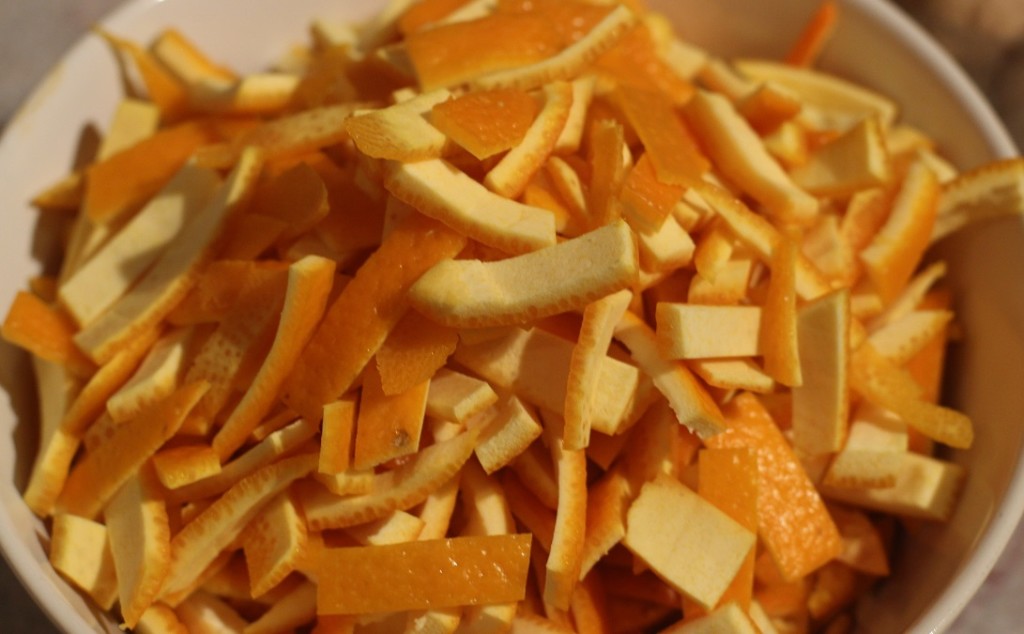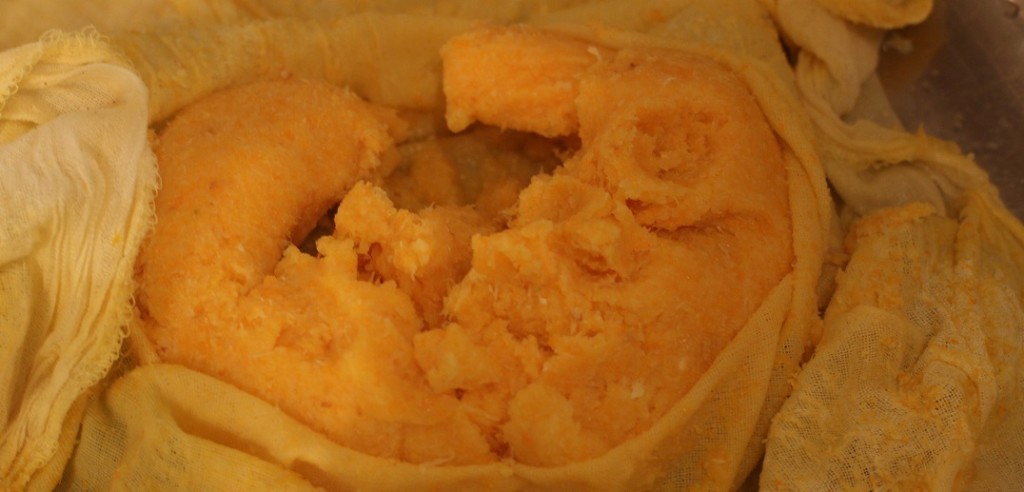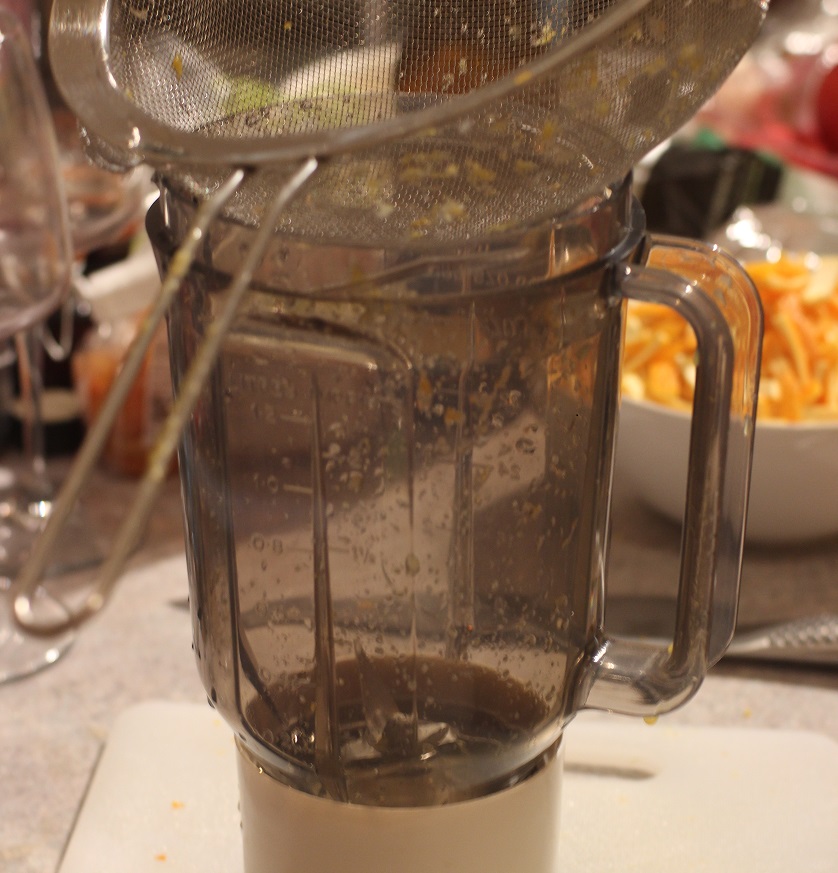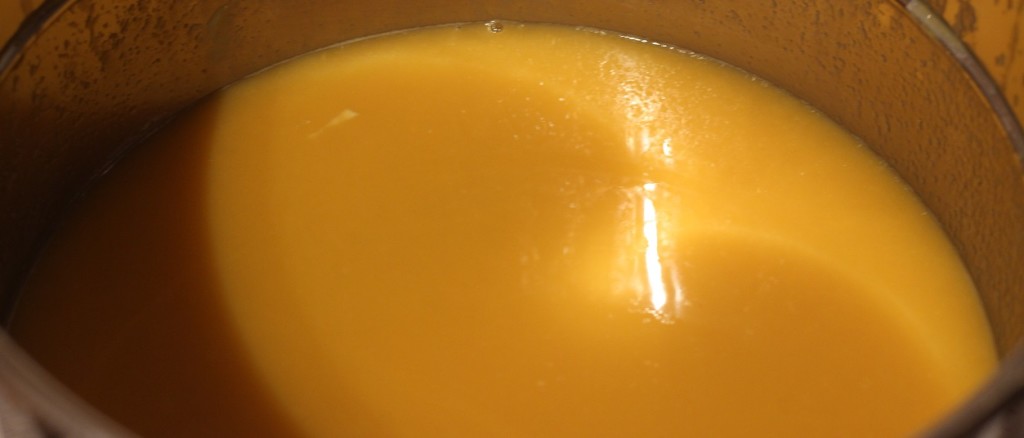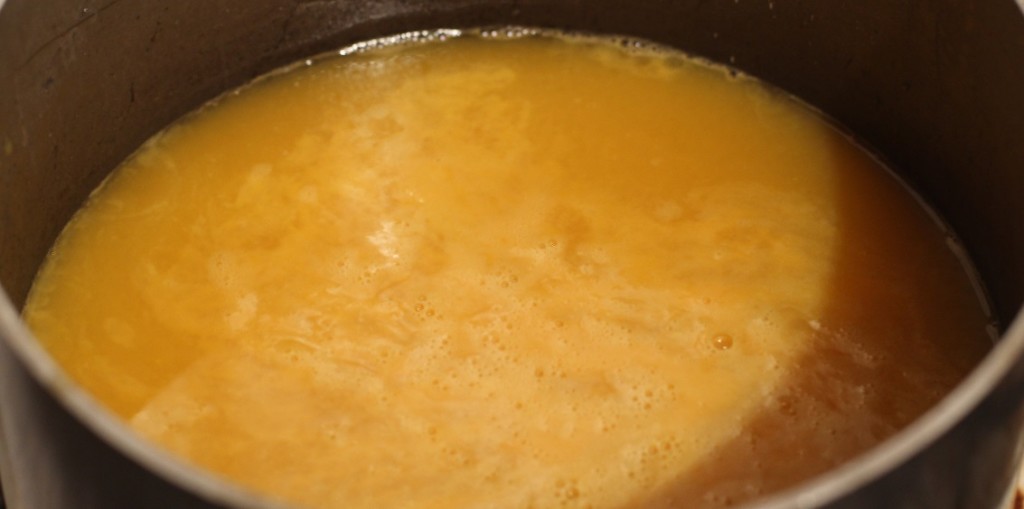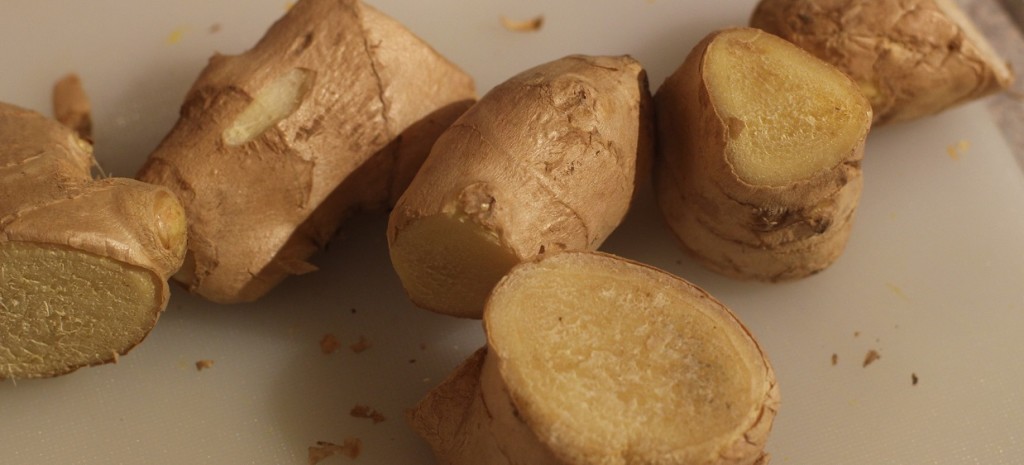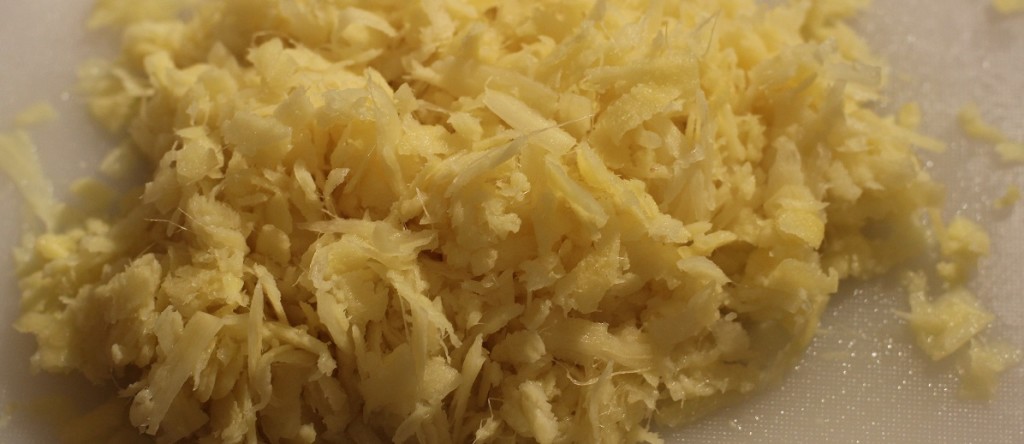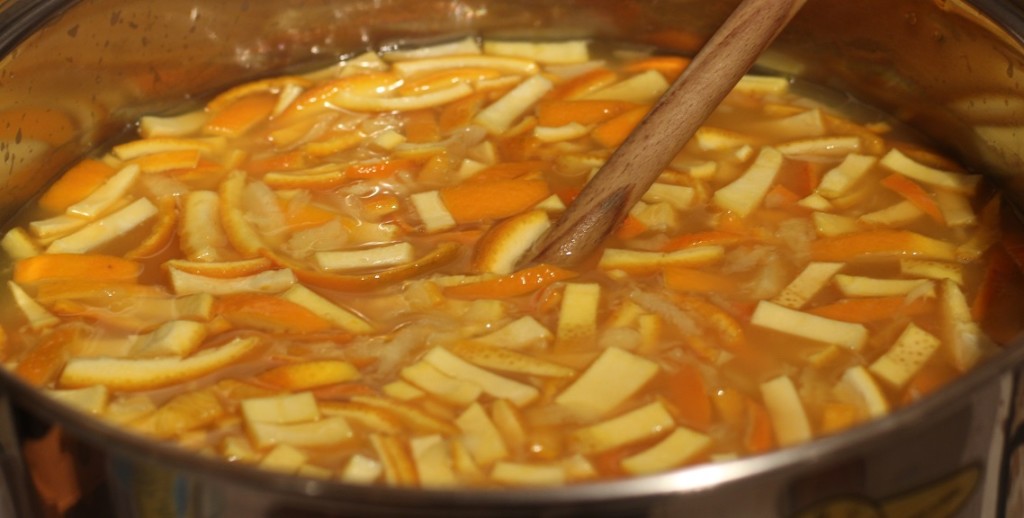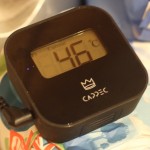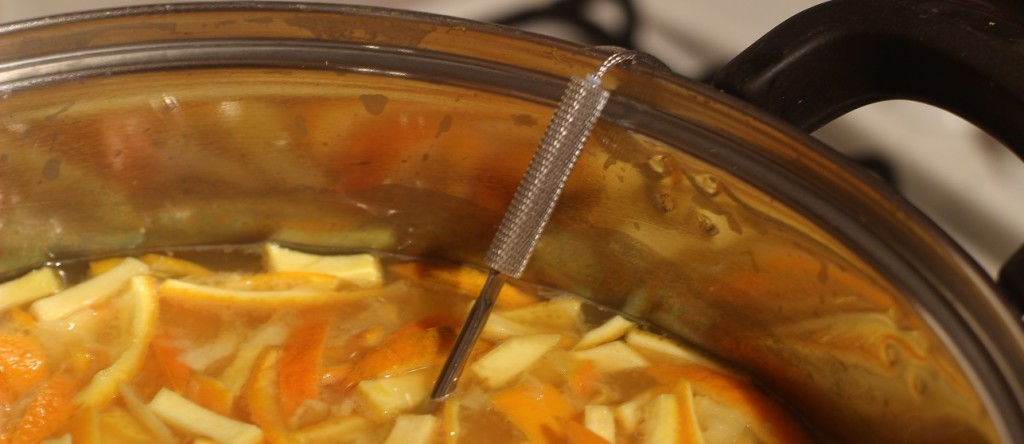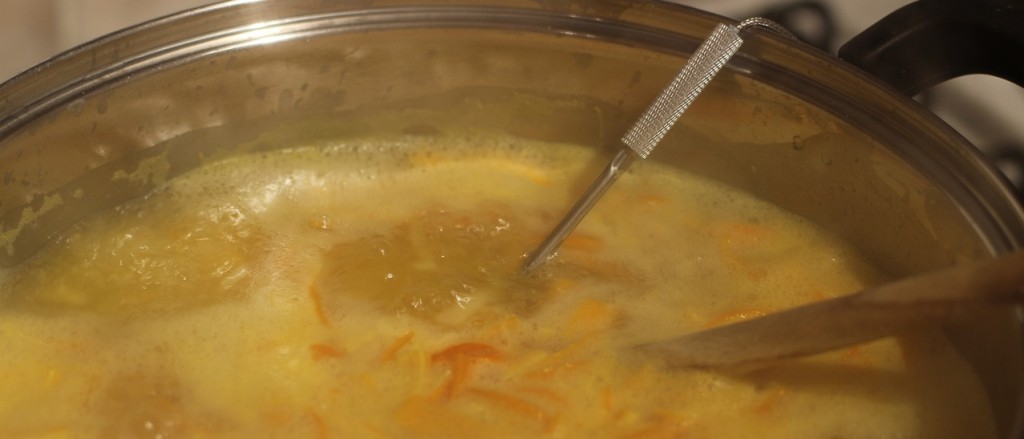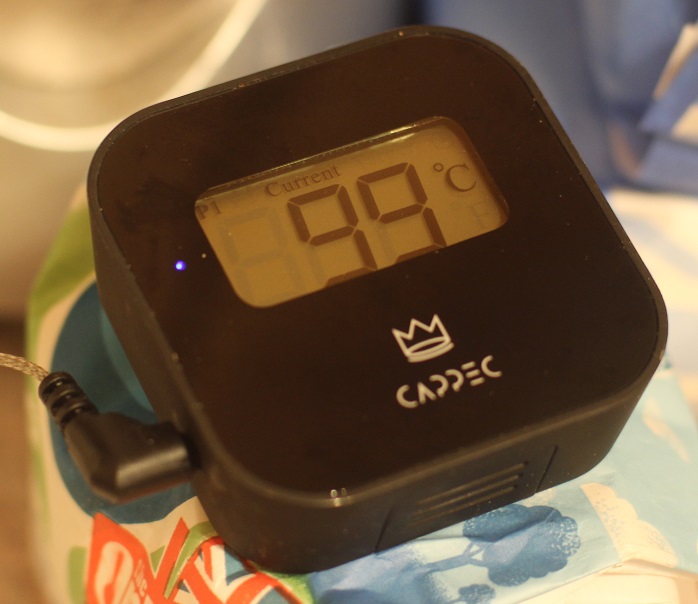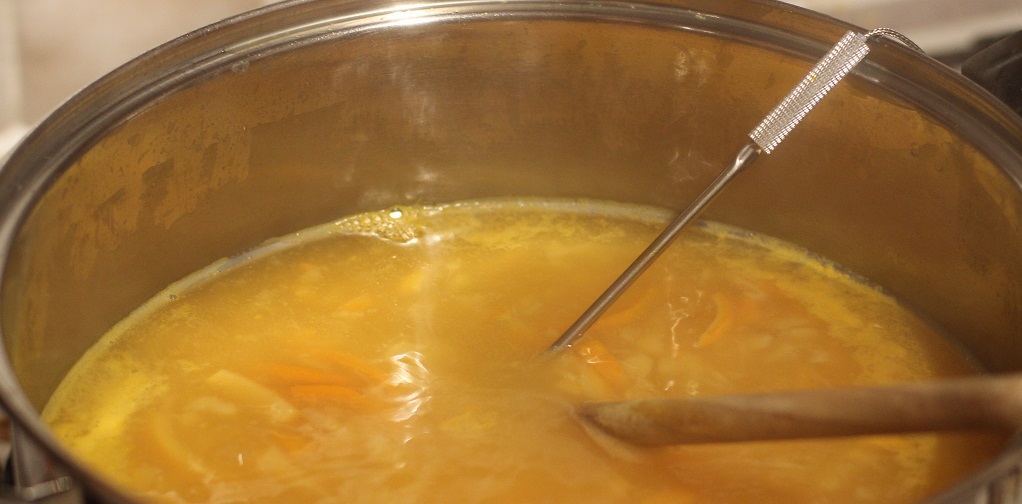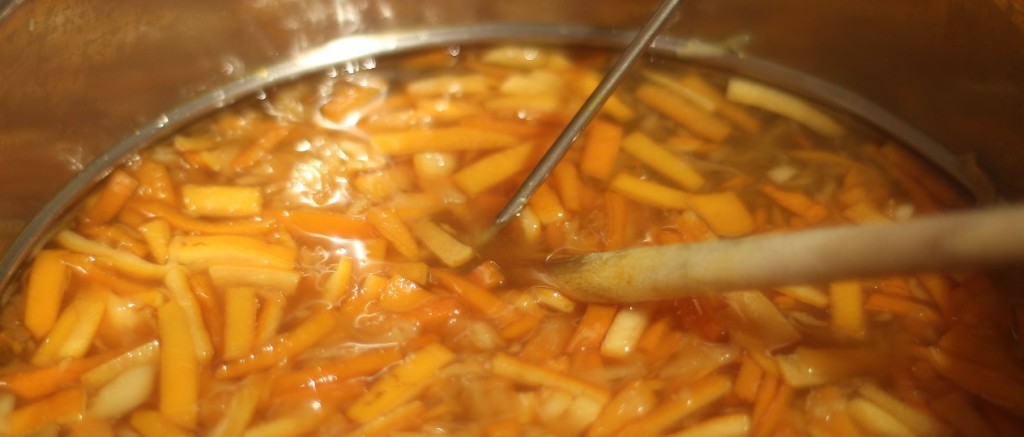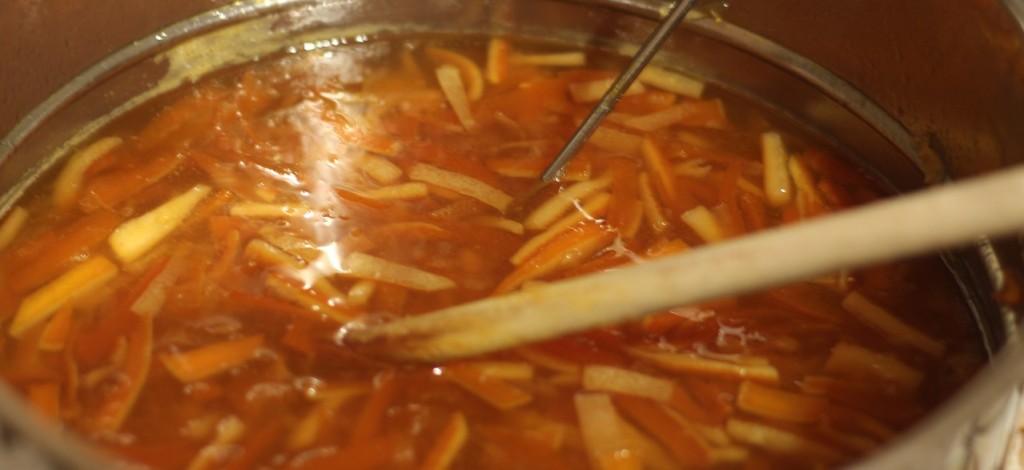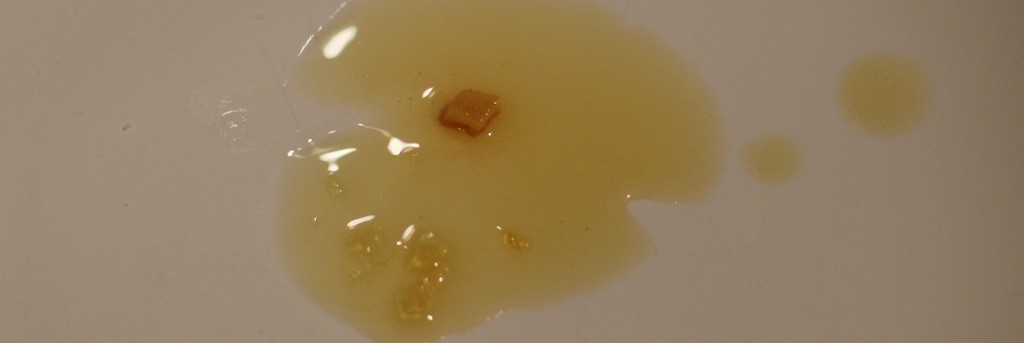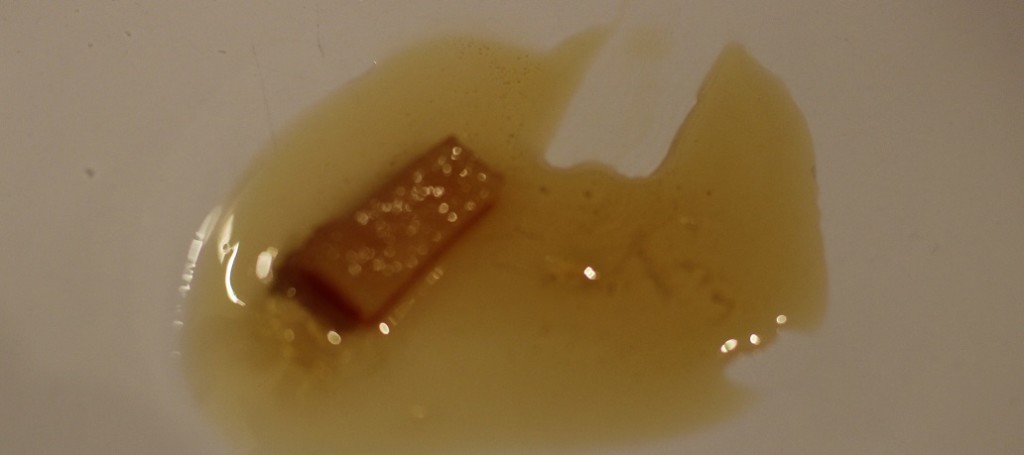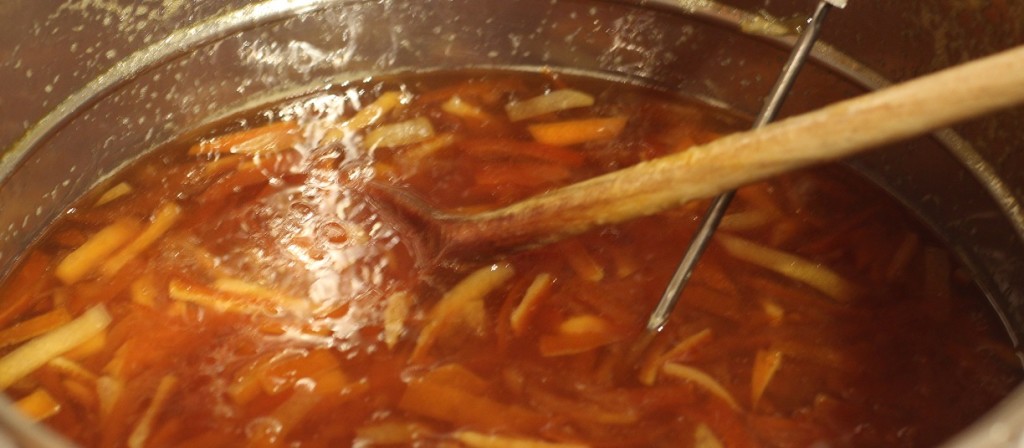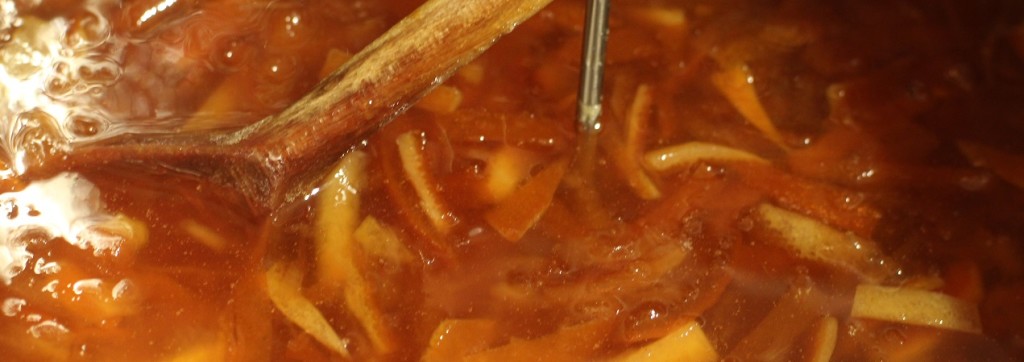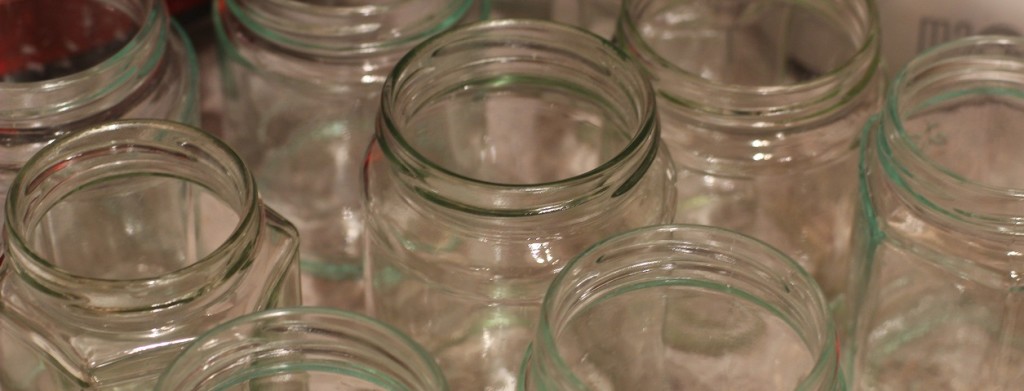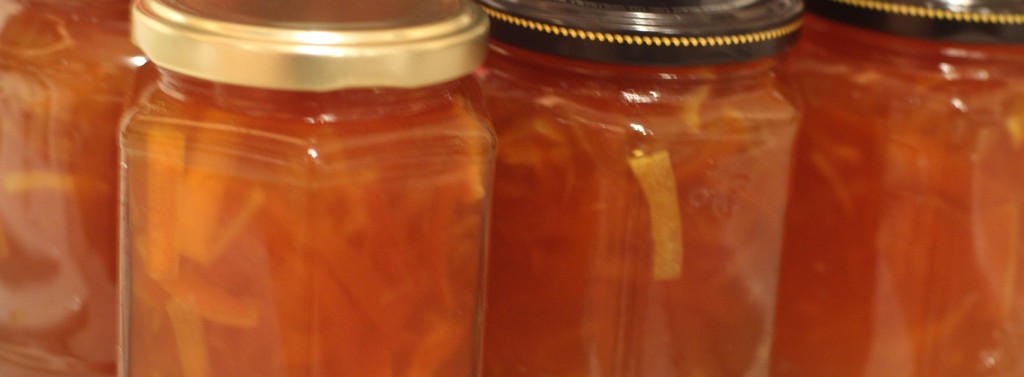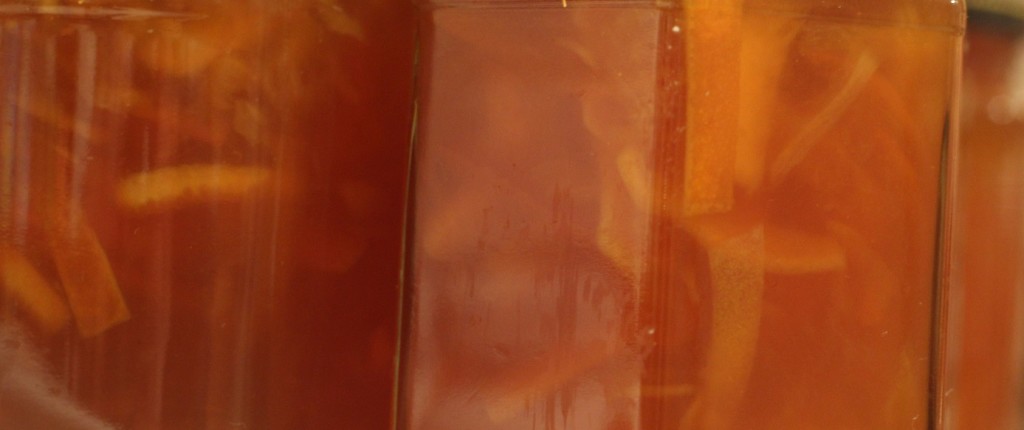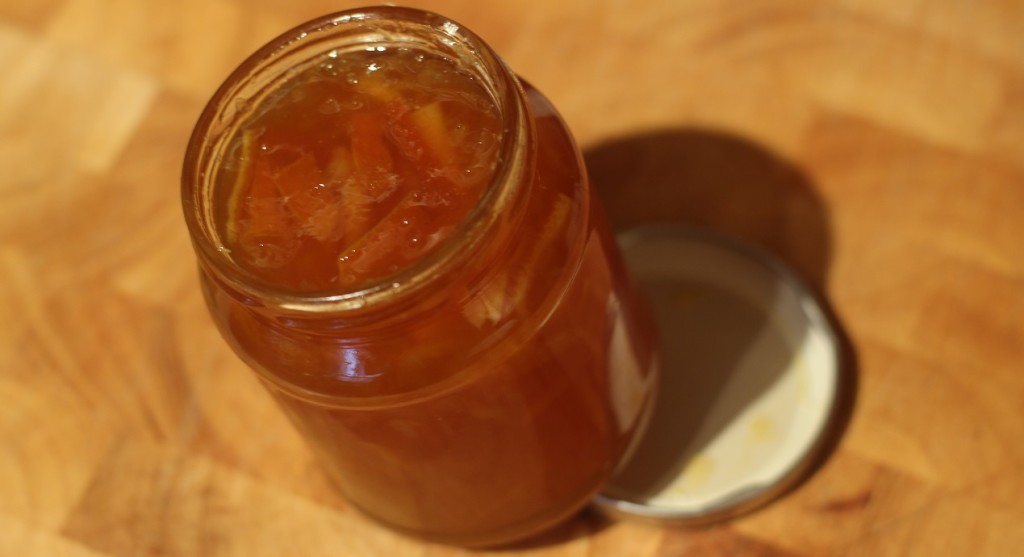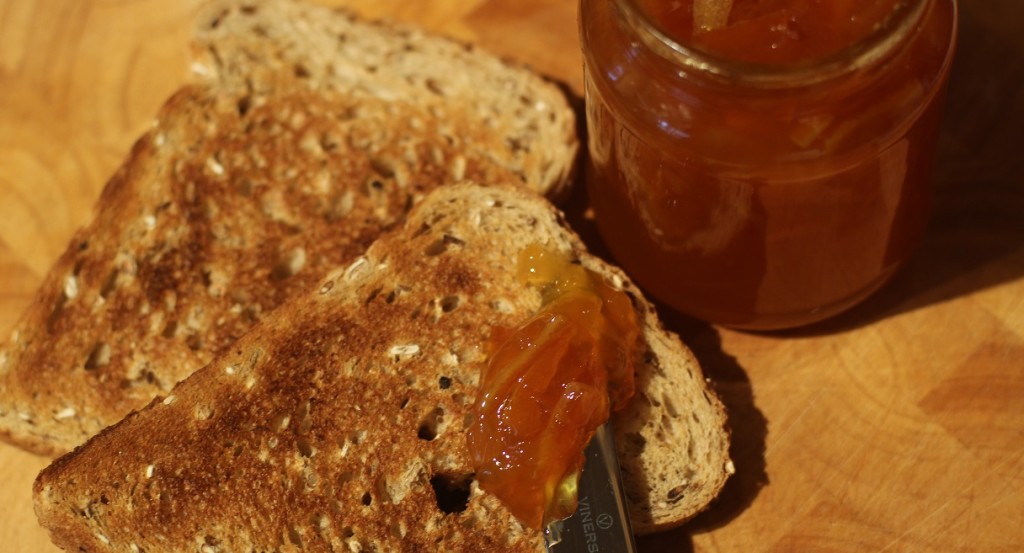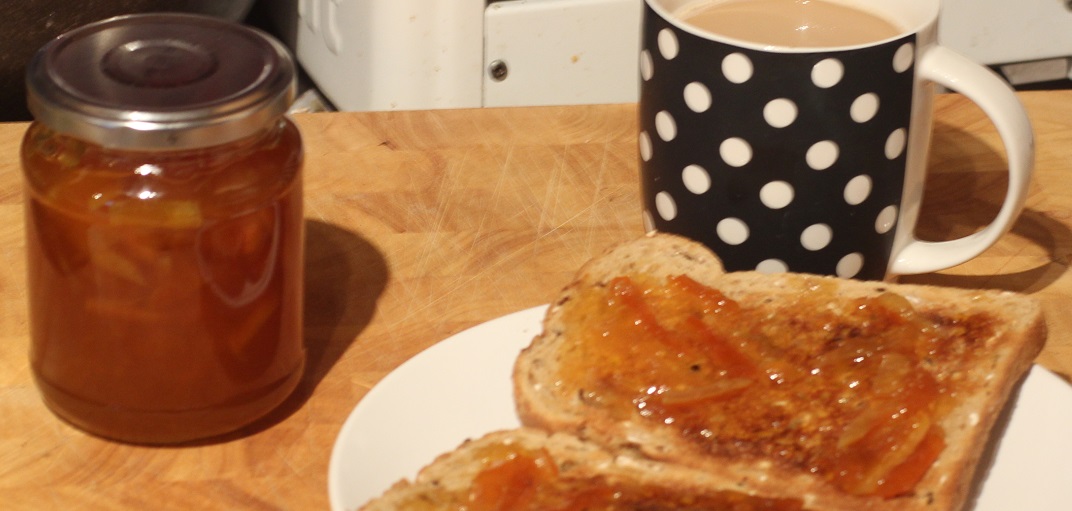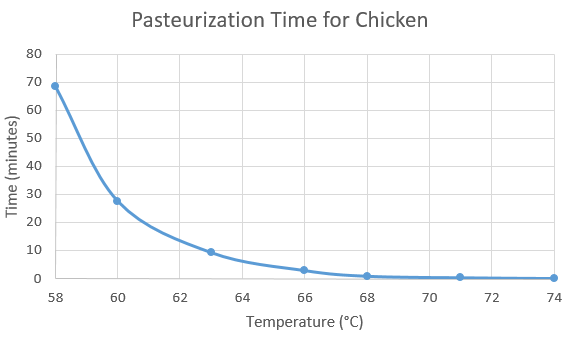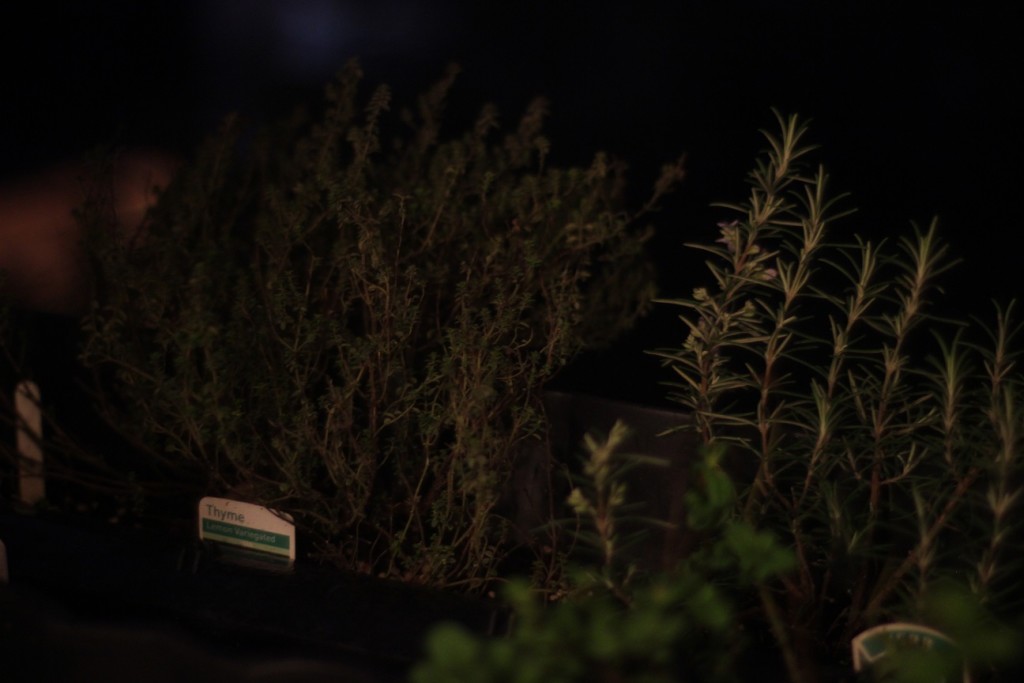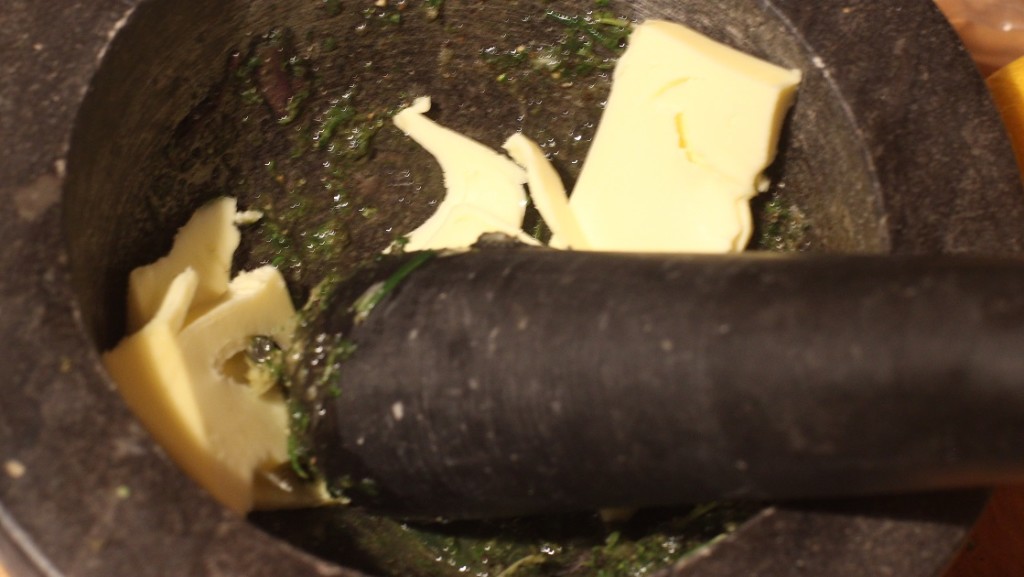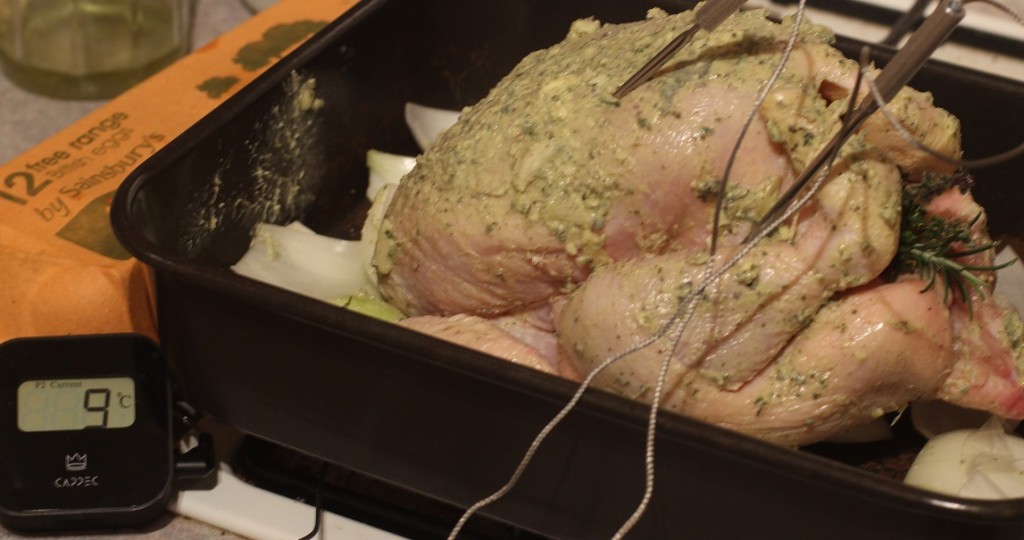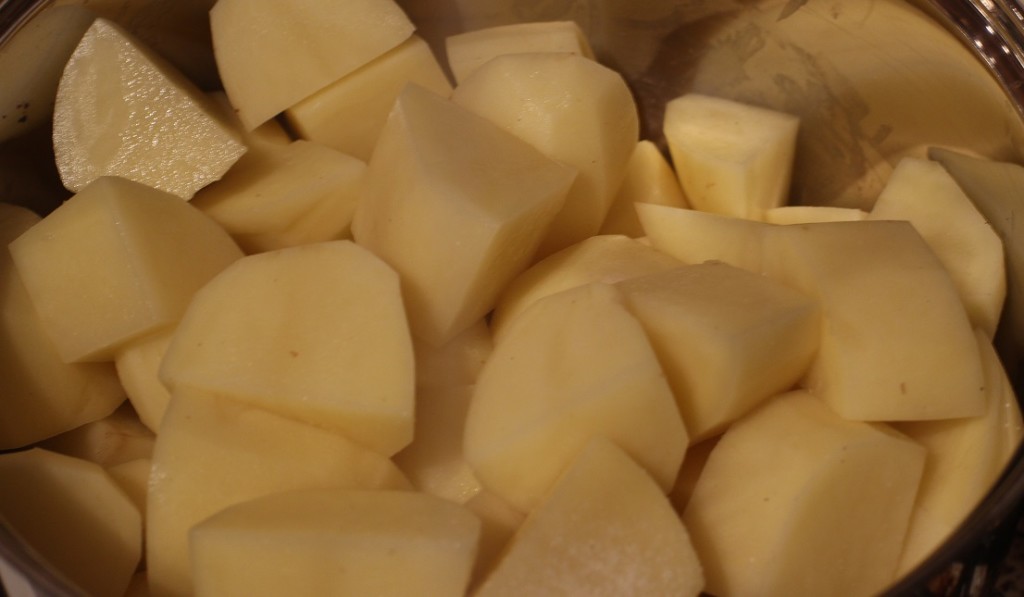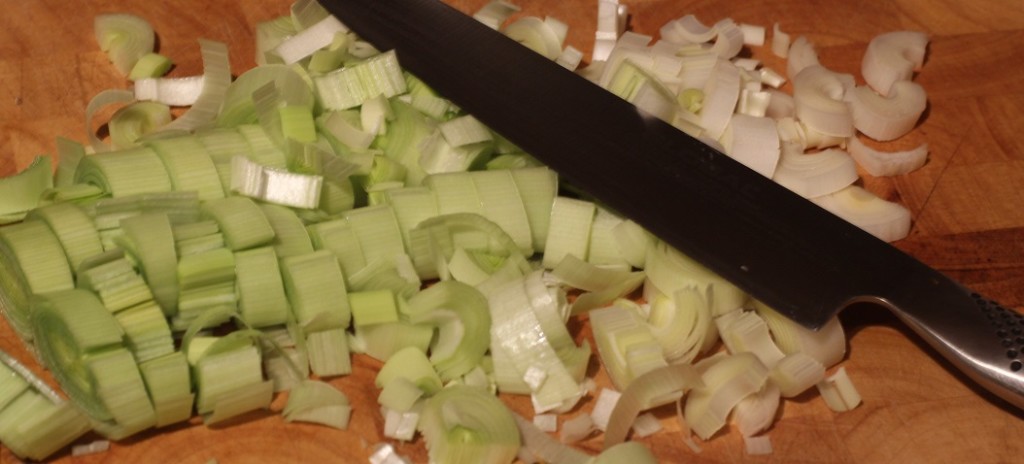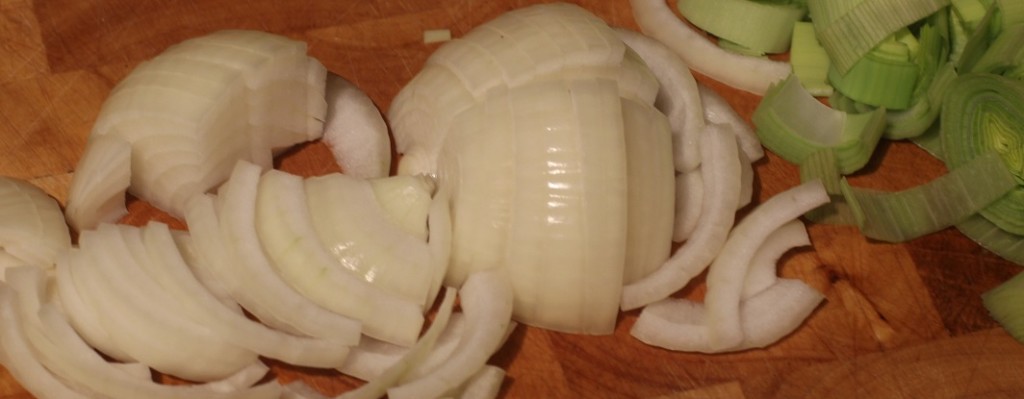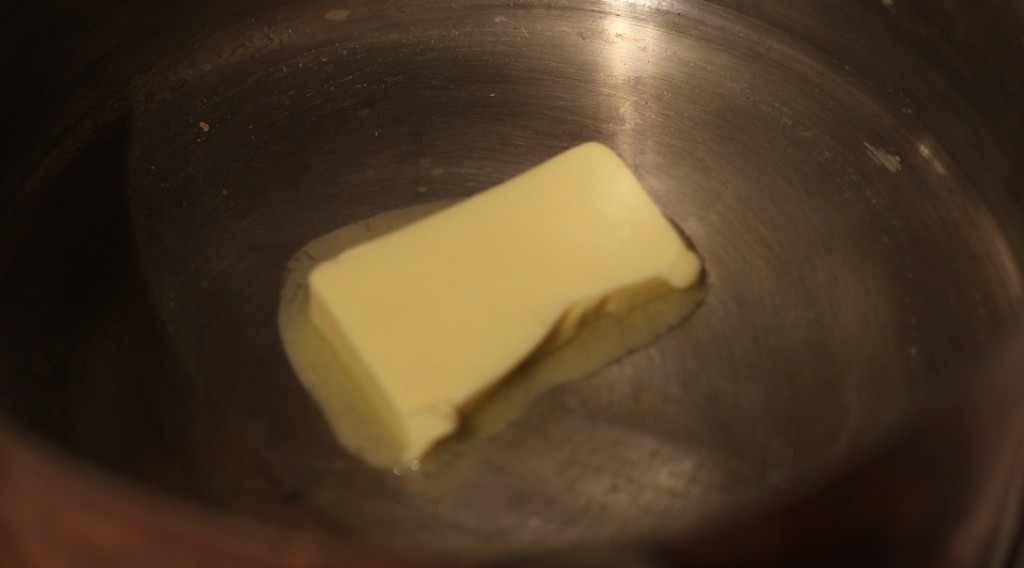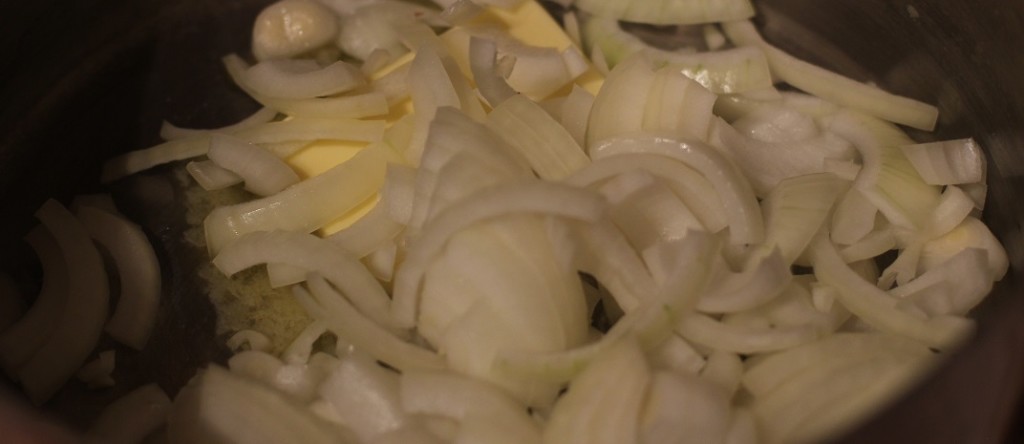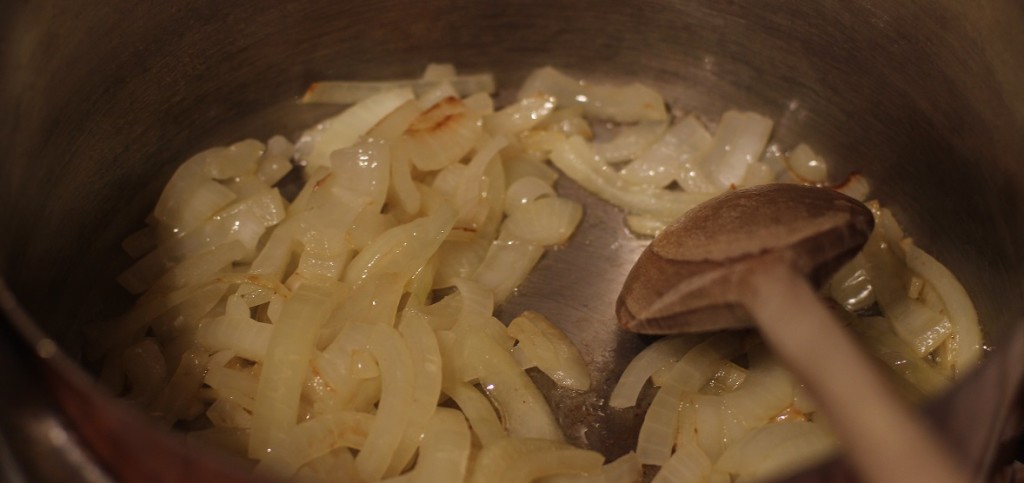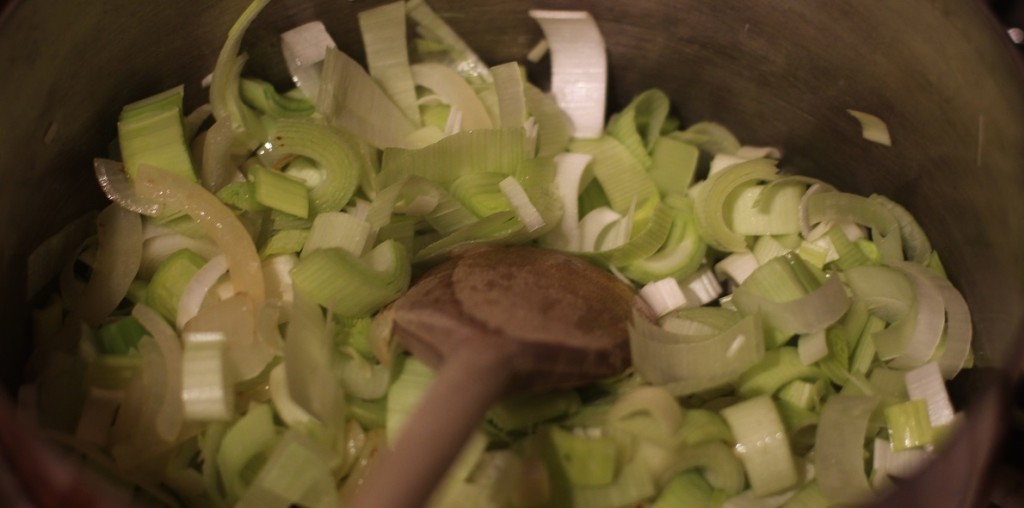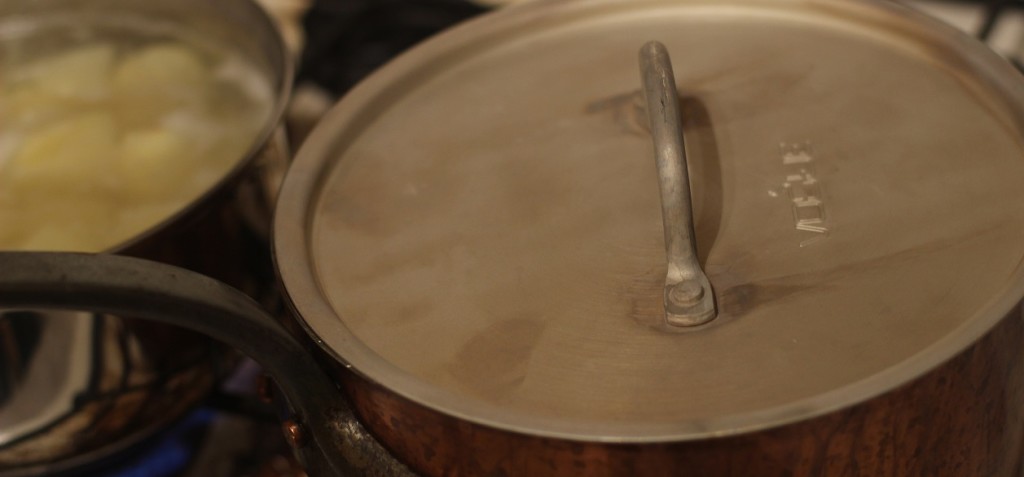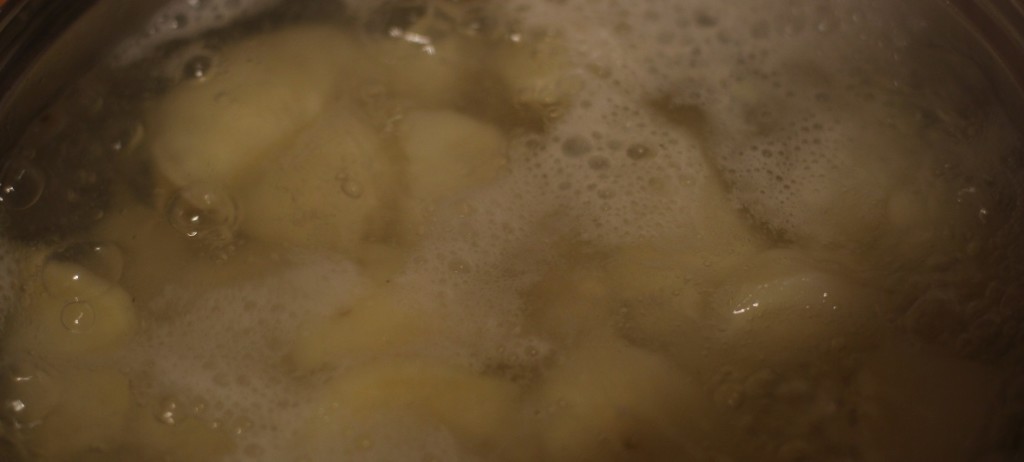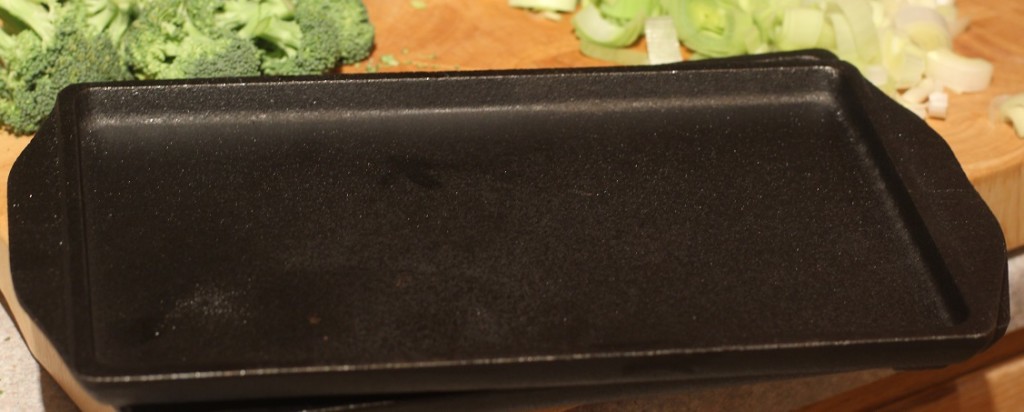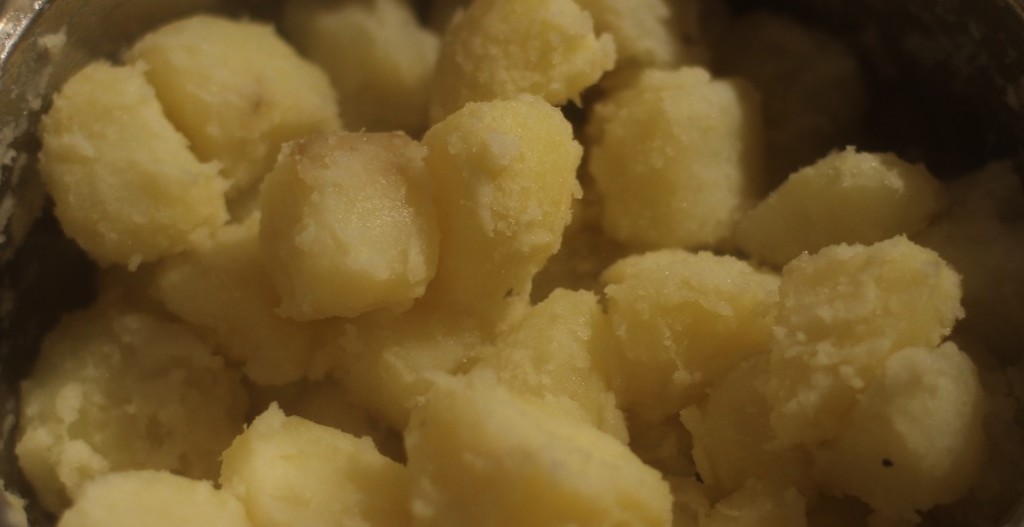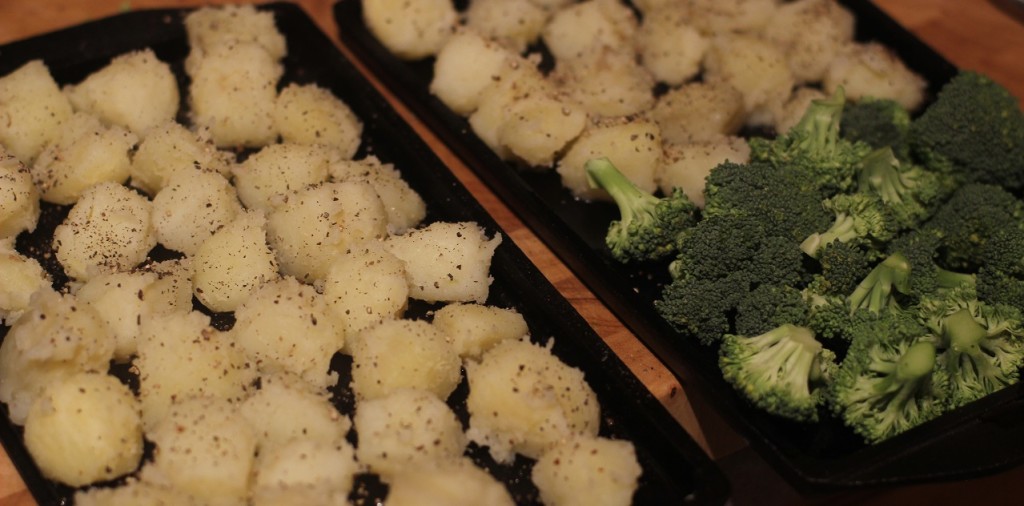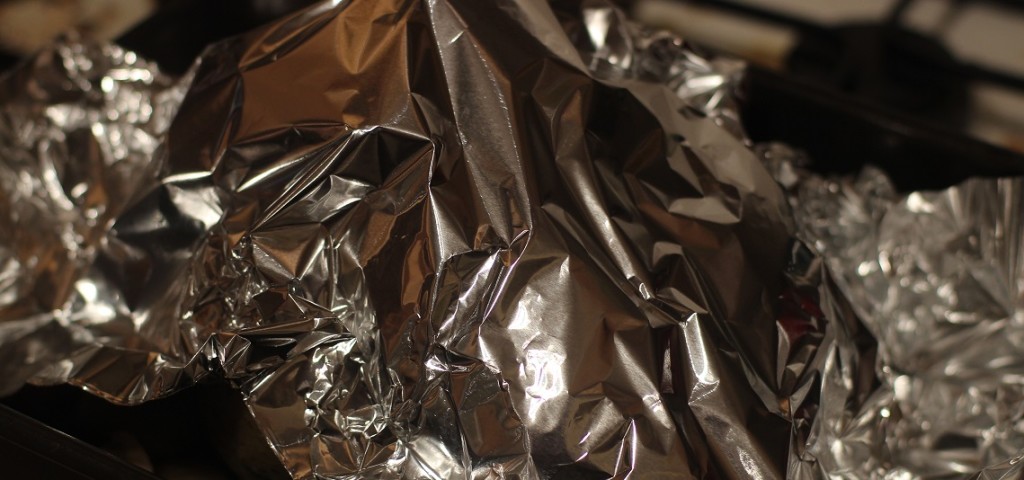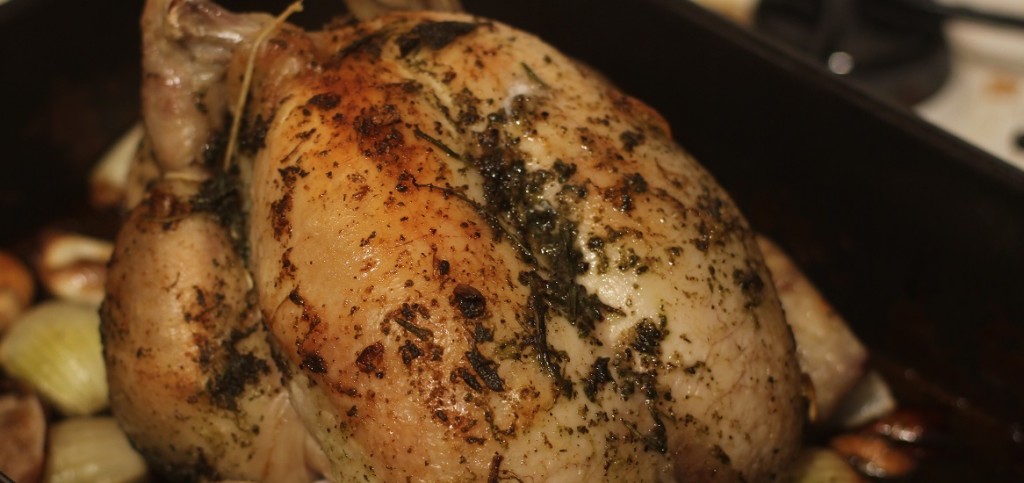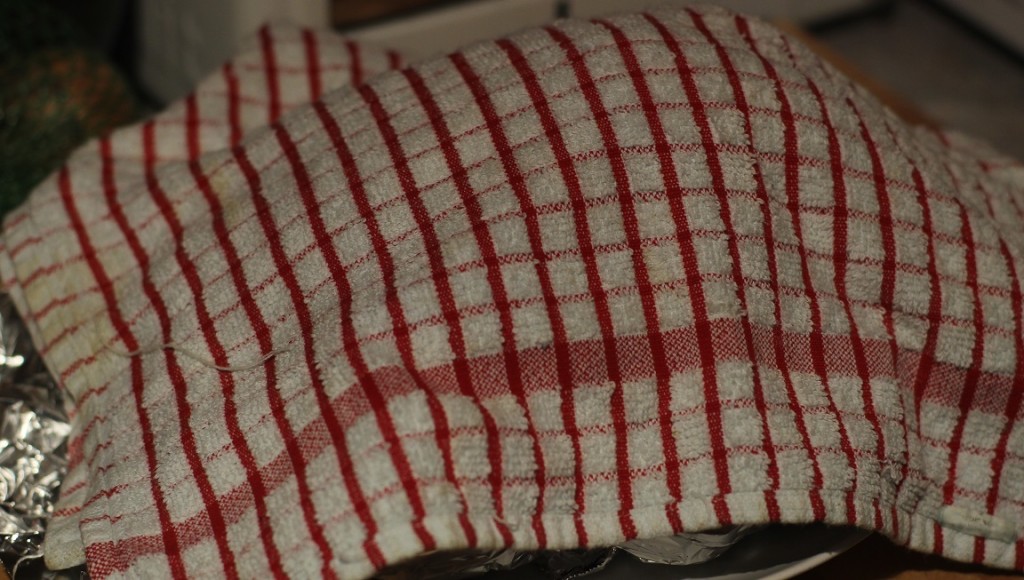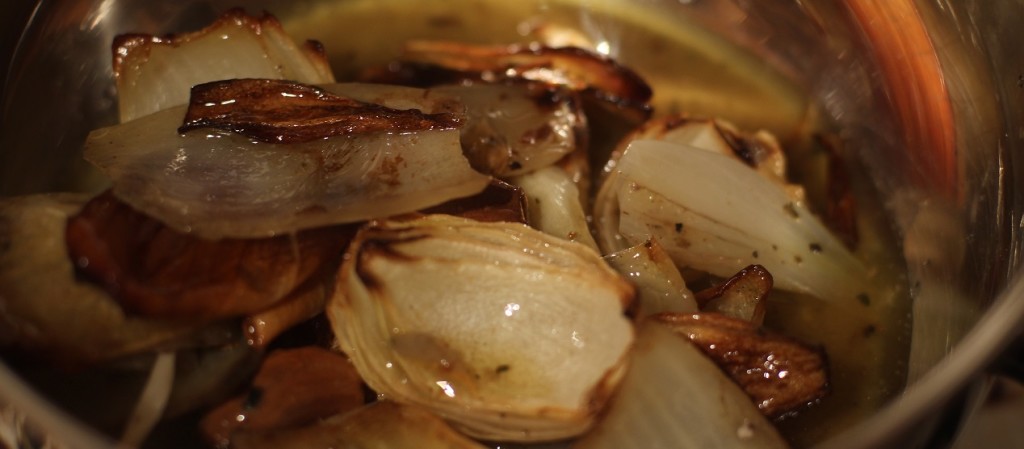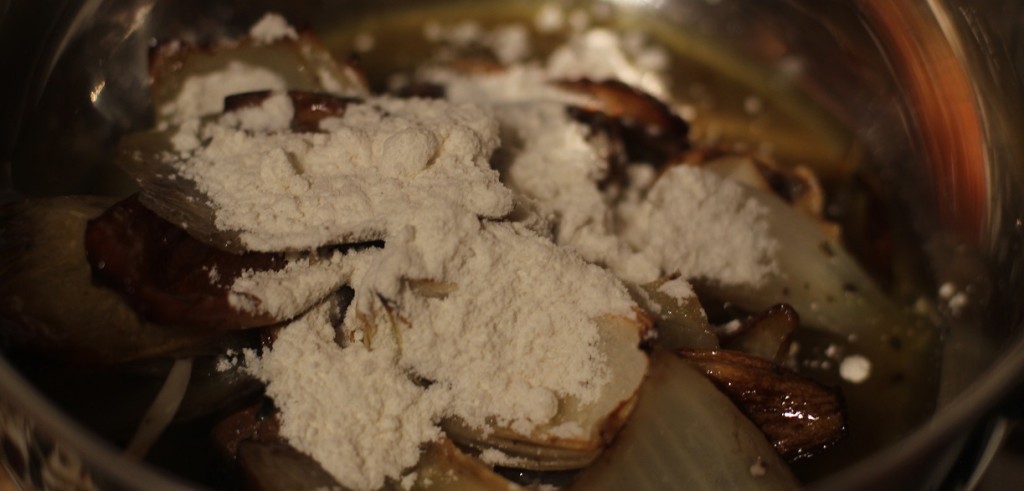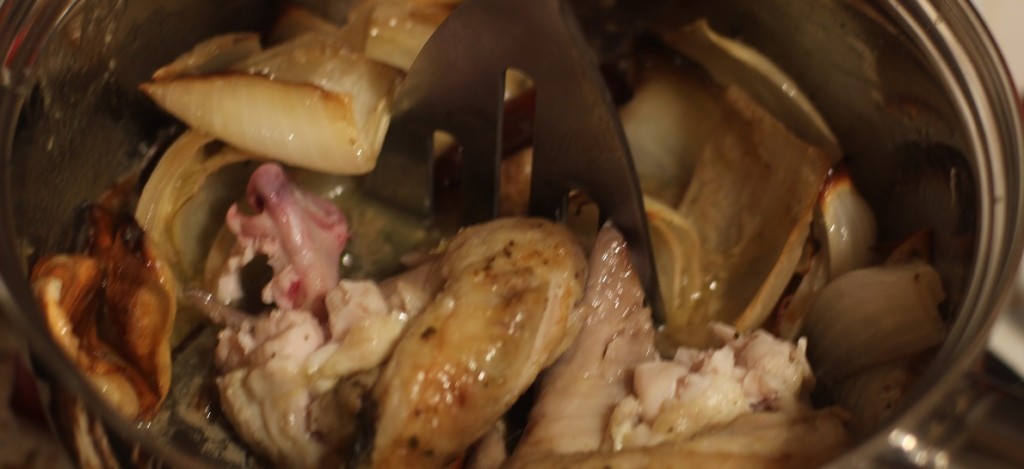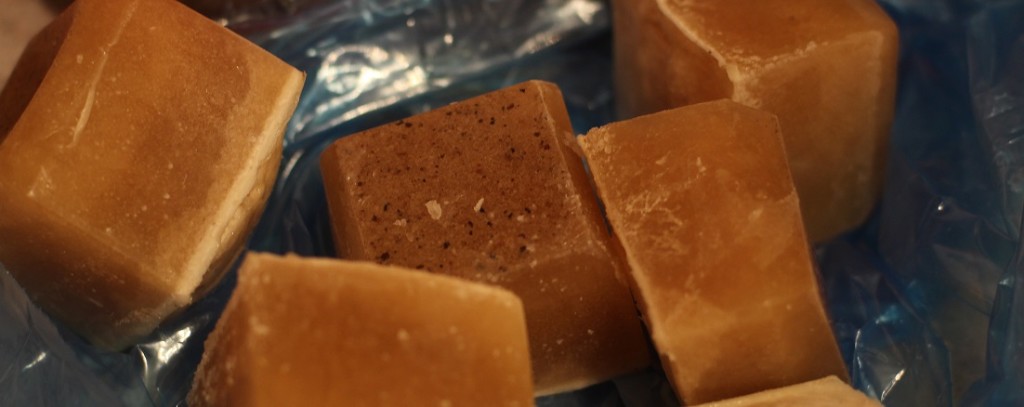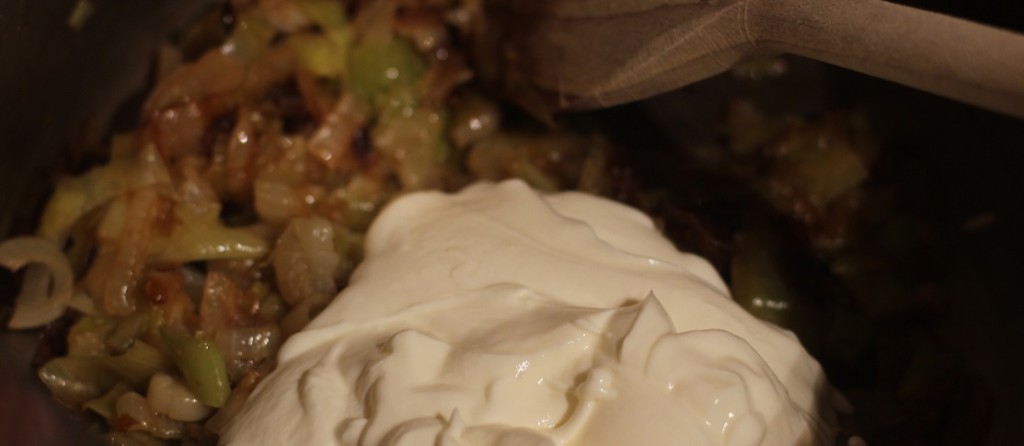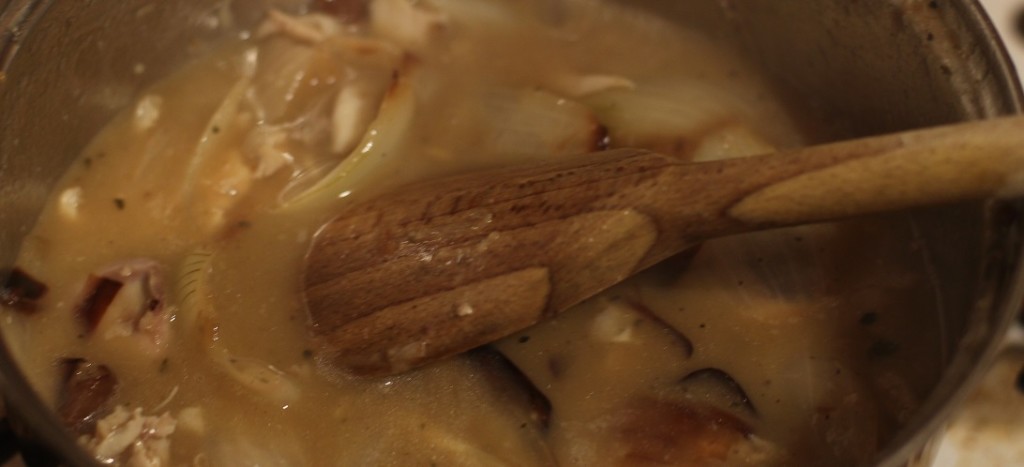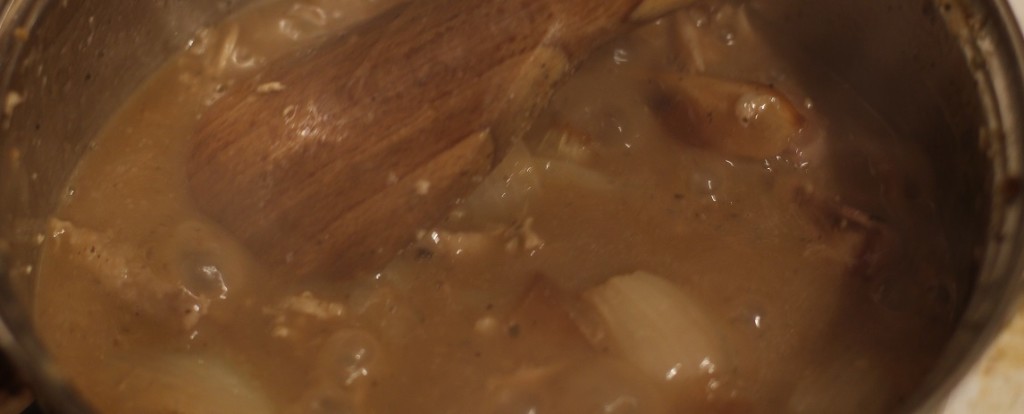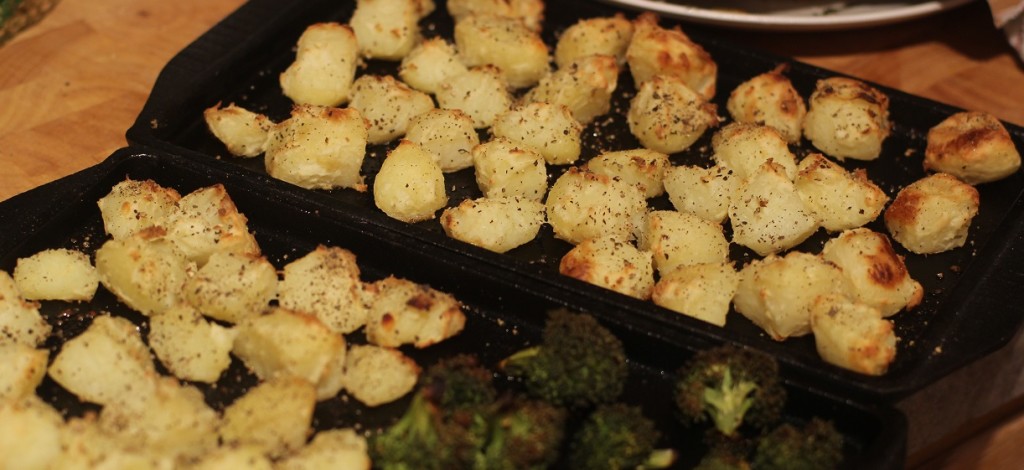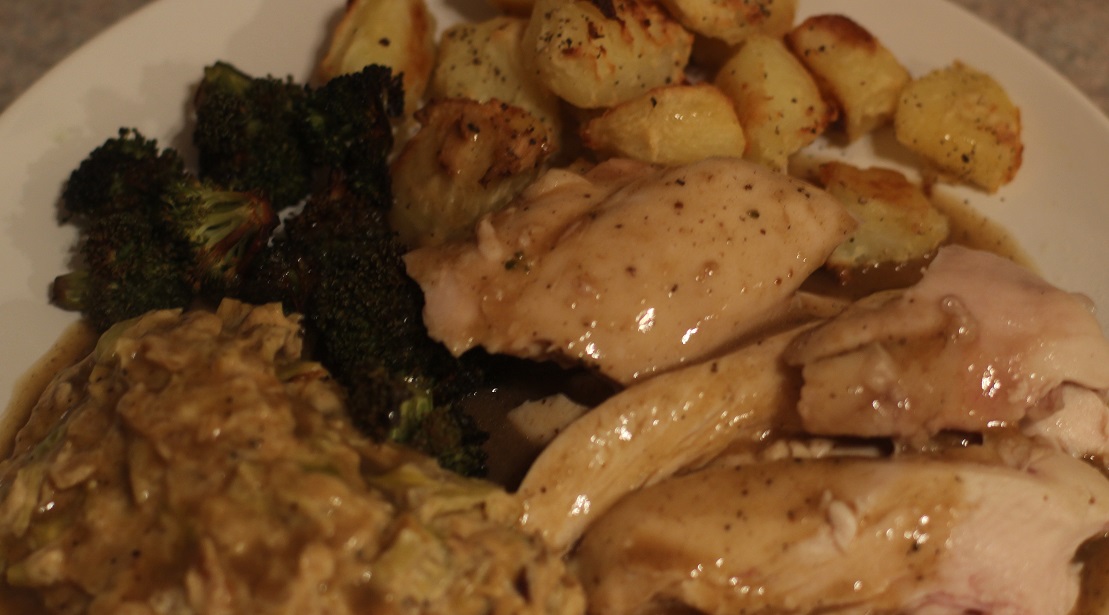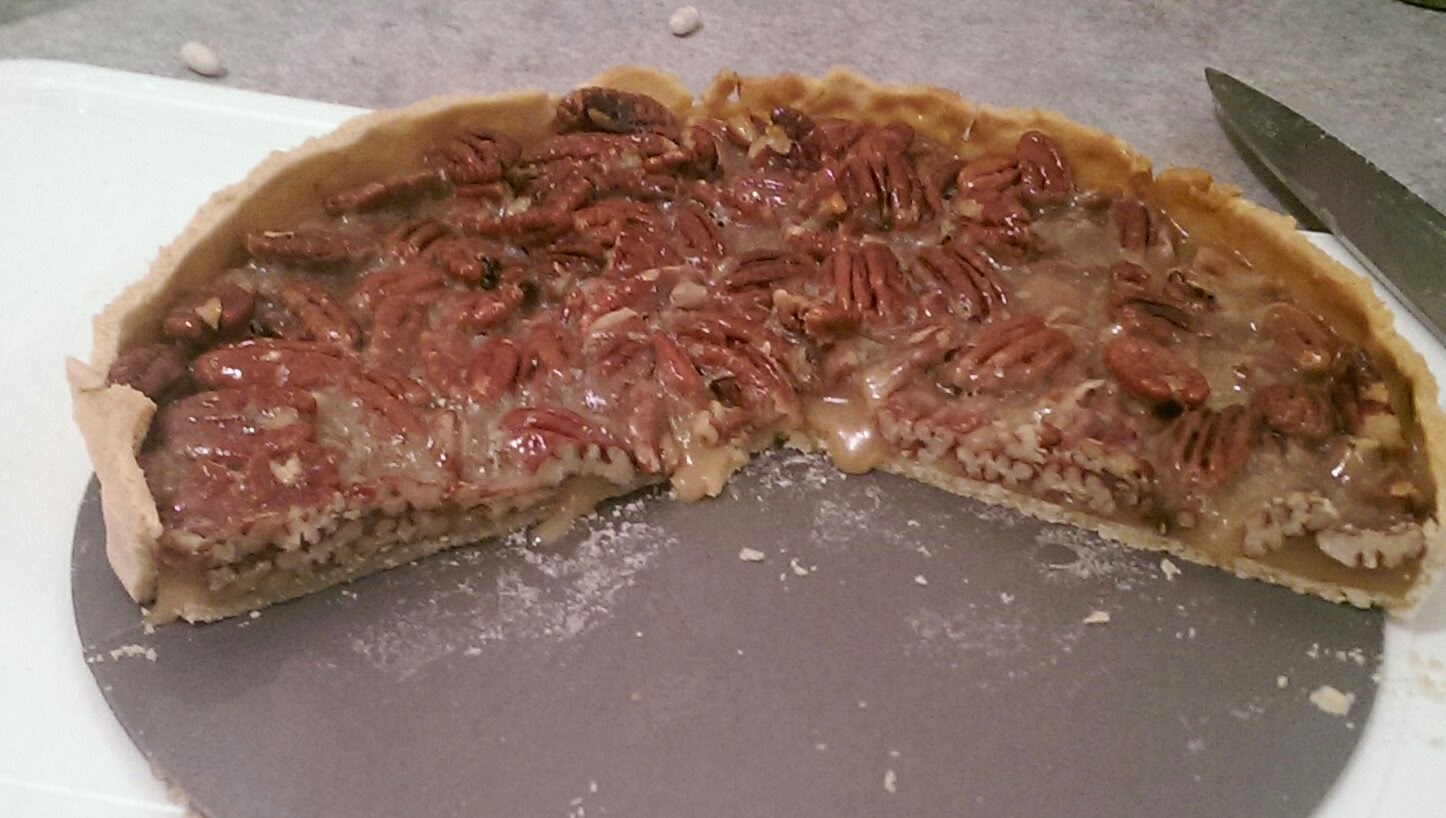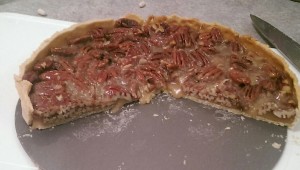Someone gave me some homemade marmalade, and I really like orange and ginger marmalade, so i decided to make some. Mine turned out pretty good, could have set a bit more perhaps, but it tastes good. It has a pleasant ginger spiciness to it. I based it on this recipe. Ingredients at the end.
The first thing was to juice all the oranges – a bit of a pain – into a pan. I have a lime squeezer which made life a little easier. Then I removed all the pulp and saved for later.
All the orange peel sliced. i think I’ll go for slightly thinner next time, and remove a bit more of the white from the oranges.
I took all the pulp and stuck it in a blender with some water – the amount is not important, as I topped up the total to 4.5 litres later.
Blender for blending.
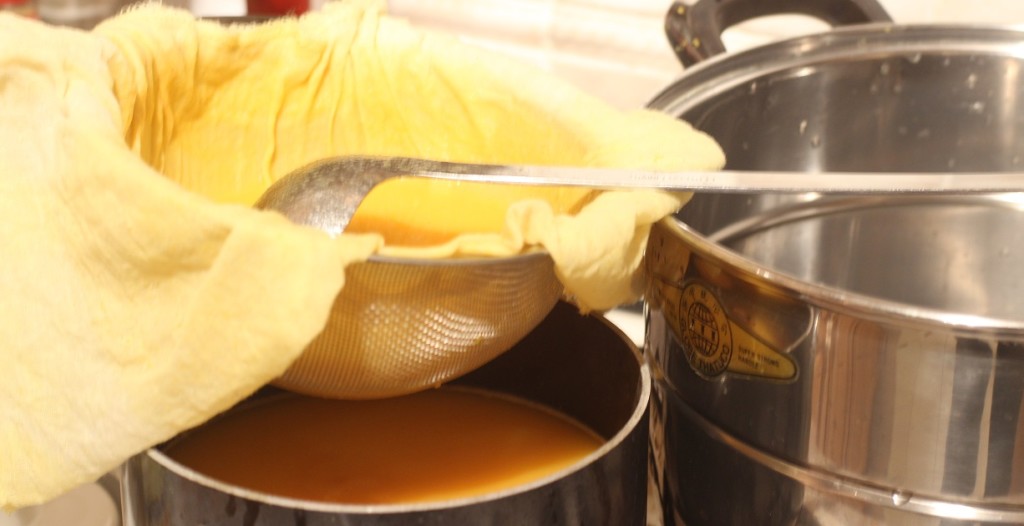
I passed the pulp through two layers of muslin. Again, a bit of a pain. Most recipes say leave the pulp in some muslin and let everything sit overnight (to get as much pectin for setting the marmalade). I was feeling impatient.
The pulp strained.
The orange juice.
I used 300g of ginger and grated it. Then I sliced it a little to make sure there weren’t any really big bits. 300g led to a slightly spicy end product, so I’d halve it if I wasn’t such a fan of ginger.
Then I added orange juice and pulp juice to a pan and topped it up to 4.5 litres. Peel and ginger go in too.
Handy temperature measuring device. Makes life easier.
It has to boil for two hours to soften the peel. I think mine almost halved in volume over that time.
Once the peel is soft (squeezes into two when squished between finger and thumb), take off the heat and dump in the 2kg of sugar.
Stir until the sugar dissolves, and then leave it alone bubbling along on a high heat.
There seems to be some debate around the correct temperature to get the marmalade to to get it to set. Some places say 105C, some 104.5, and Delia apparently says 110C (I’d go for the 110 option, perhaps 109), but I can’t find the source. You can also check by sticking it on a plate which has been cooled in the freezer, sticking it back in the freezer for a few minutes, and then running your finger through it to see if it wrinkles.
The latter is more successful – it didn’t flow back.
Long story short, after several checks at different temperatures, I decided mine was okay having reached 108C. This was after it boiled up in the pan, which I think is also a tell tale sign. Mine is quite a soft set, so next time I’ll probably go for 110C.
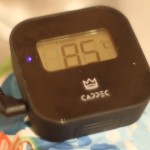
Once the set point has been reached, leave it to cool. I read 85C somewhere. The aim is to have the peel evenly distributed in the jars. Next time I’ll leave it to 75C.
I cleaned and steralised my jars, leaving them in the oven in a bain marie (tray of boiling water) at 150C until I was ready. I warmed them first, as I thought they might shatter.
Then, in goes the marmalade and on go the lids. Then I had to wash them all as I had marmalade everywhere.
A pretty good set, but next time I’ll aim for firmer.
Tasty marmalade on toast. It’s already good, I’m hoping it gets better after sitting around for a while. Apparently it should be stored somewhere cool and dark, and should last two years or so.
Breakfast.
The marmalade bubbling away.
Ingredients (made 8 jars):
4 Oranges (about 750g)
6 Clementines (about 750g)
2kg Granulated sugar
enough water to top up the total to 4.5 litres
